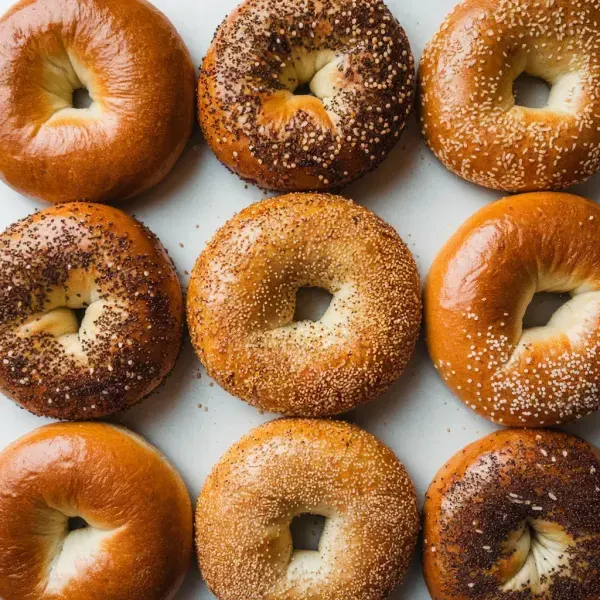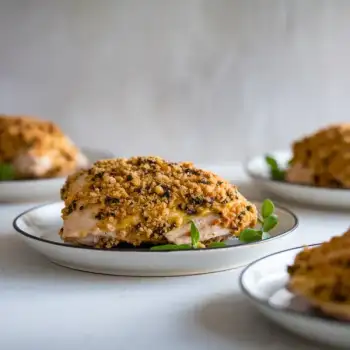
 1560 minutes
1560 minutesEnjoy the taste of classic New York-style bagels, right from your kitchen!


0 oz
Bread Flour, spooned
0 oz
Bread Flour, spooned
0 oz
0 oz
teaspoons
Instant Dry Yeast
teaspoons
0 oz
Barley Malt Syrup
teaspoons
1. Make the Yukone
To begin, make the yukone by whisking 6 ounces of cold water and 3.5 ounces of bread flour together in a 10-inch skillet. Cook over medium heat, stirring constantly, until the mixture thickens to the consistency of mashed potatoes. This should take about 2 minutes. Remove from heat and let it cool.
2. Prepare the Dough
Combine 12.5 ounces of bread flour, 0.5 ounces of sugar, 2.5 teaspoons of Diamond Crystal kosher salt, and 1 teaspoon of instant dry yeast in a food processor fitted with a metal blade. Pulse to blend uniformly. Add the cooled yukone and 3.5 ounces of water to the processor, then process until the dough is smooth and elastic, about 90 seconds.
3. Divide and Rest the Dough
Divide the dough into 8 equal pieces. Cover with plastic and let rest for 15 minutes.
4. Shape the Bagels
Form each piece into a tight ball. Poke a hole in the center of each ball using a damp fingertip, then gently stretch into a ring. Place the shaped bagels on an un-floured surface, cover, and refrigerate for 24 to 36 hours.
5. Boil the Bagels
Preheat your oven and bring a large stainless steel pot of water to a boil. Add 1 ounce of barley malt syrup. Boil each bagel for 30 seconds on each side. Transfer to a parchment-lined half sheet pan using a slotted spoon.
6. Bake the Bagels
Bake the bagels in a preheated oven for about 25 minutes, or until blistered and golden brown. Let the bagels cool for 15 minutes before serving.
Boil bagels for about a minute on each side to gelatinize the starches for a chewy crust.
Use high-gluten or bread flour for the chewy texture characteristic of New York bagels.
Knead the dough until it passes the 'windowpane test' for the right gluten development.
Allow a slow, cold fermentation in the fridge for 12 to 24 hours to develop flavor and texture.
Use lukewarm water (around 105°F to 110°F) to properly activate the yeast.




Comments (0)